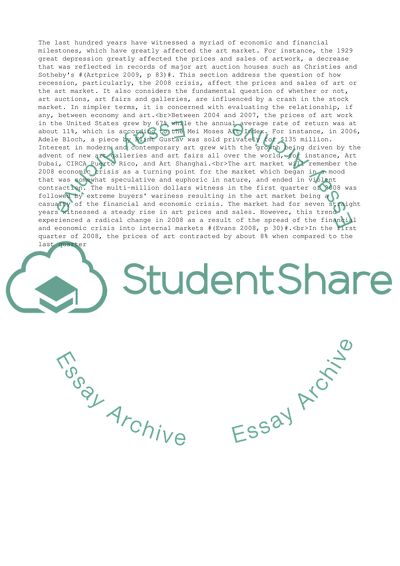Cite this document
(Property Finance 2 Essay Example | Topics and Well Written Essays - 2000 words, n.d.)
Property Finance 2 Essay Example | Topics and Well Written Essays - 2000 words. https://studentshare.org/finance-accounting/1816765-property-finance-2
Property Finance 2 Essay Example | Topics and Well Written Essays - 2000 words. https://studentshare.org/finance-accounting/1816765-property-finance-2
(Property Finance 2 Essay Example | Topics and Well Written Essays - 2000 Words)
Property Finance 2 Essay Example | Topics and Well Written Essays - 2000 Words. https://studentshare.org/finance-accounting/1816765-property-finance-2.
Property Finance 2 Essay Example | Topics and Well Written Essays - 2000 Words. https://studentshare.org/finance-accounting/1816765-property-finance-2.
“Property Finance 2 Essay Example | Topics and Well Written Essays - 2000 Words”. https://studentshare.org/finance-accounting/1816765-property-finance-2.


